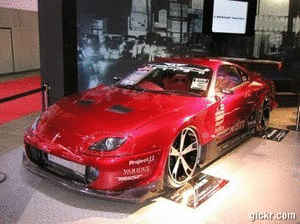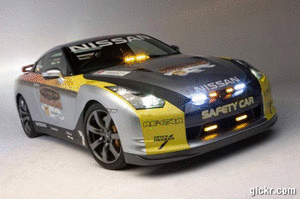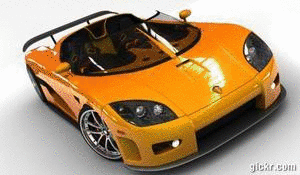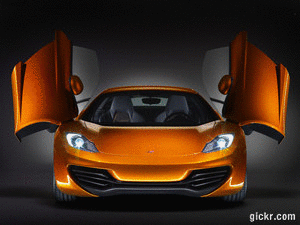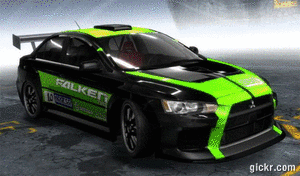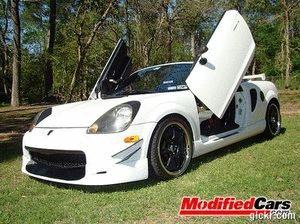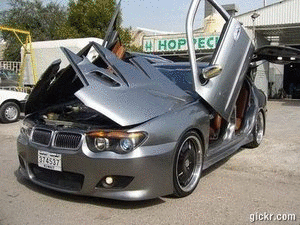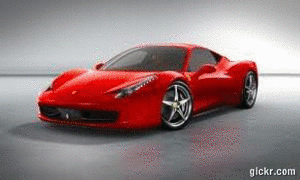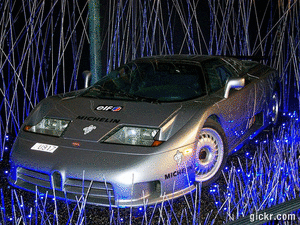The engine cooling fan system in your car is designed to move air through the radiator when the vehicle is at slower speeds or stopped. This air flow removes heat from the coolant created by the engine using the radiator as a conductor. A clutch fan was developed in the late 1960's and was in full production by the early 1970's. The clutch fan was designed to save engine energy, in turn helping improve engine gas mileage. Before the clutch fan, an engine was subject to a fixed style of fan that was directly bolted onto the engine. This direct style of fan is not only inefficient it produced excess noise that was undesirable. A clutch fan has the ability to disengage when not in use allowing the engine to work more efficiently while decreasing fan noise.
Engine Fan Clutch (fan blade not attached)
When a clutch fan fails it causes the coolant to retain heat, forcing the engine to run hot and eventually overheat. A clutch fan is engaged and disengaged from operation by the heat produced from the radiator. This fan clutch is constructed using a silicon grease and temperature sensitive coil spring that expands and contracts with heat. As the spring absorbs heat it expands engaging the clutch fan utilizing engine power to drive the fan. As the engine coolant cools the fan clutch will disengage. A clutch fan can fail one of two ways, it can either lock the fan to the clutch causing poor mileage and a whirring sound, like an airplane is taking off next to you. Or the silicon grease can start to leak causing the fan clutch not to lock up allowing the fan to "freewheel", failing to pull air through the radiator when needed.
Basic ChecksTo check a fan clutch condition the engine must be off. Inspect the fan clutch for leakage at the front or rear of the unit (input shaft and temperature controlled expansion spring). If leakage is observed the fan clutch has failed and needs replacing. Next, take the fan blade and turn it, the fan blade should free wheel, if you cannot turn the fan blade the clutch has locked up and needs to be replaced. Also, there should be no or very little play as you turn the fan, if excess play exists replace the fan clutch.
How to Replace a Clutch Fan* Start with the engine off and in cool condition
* Remove all obstructing shields or brackets to gain access to the fan clutch
* Loosen and main mounting bolts that mount he fan clutch to the water pump
* Remove all related drive belts and finish removing the fan clutch mounting bolts
* Remove the fan clutch and loosen fan mounting bolts
* Separate the fan from the clutch, reassemble as needed.
Source By:
http://www.2carpros.com/how_does_it_work/how_a_clutch_fan_works.htm
